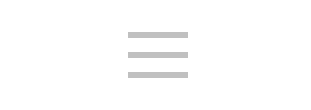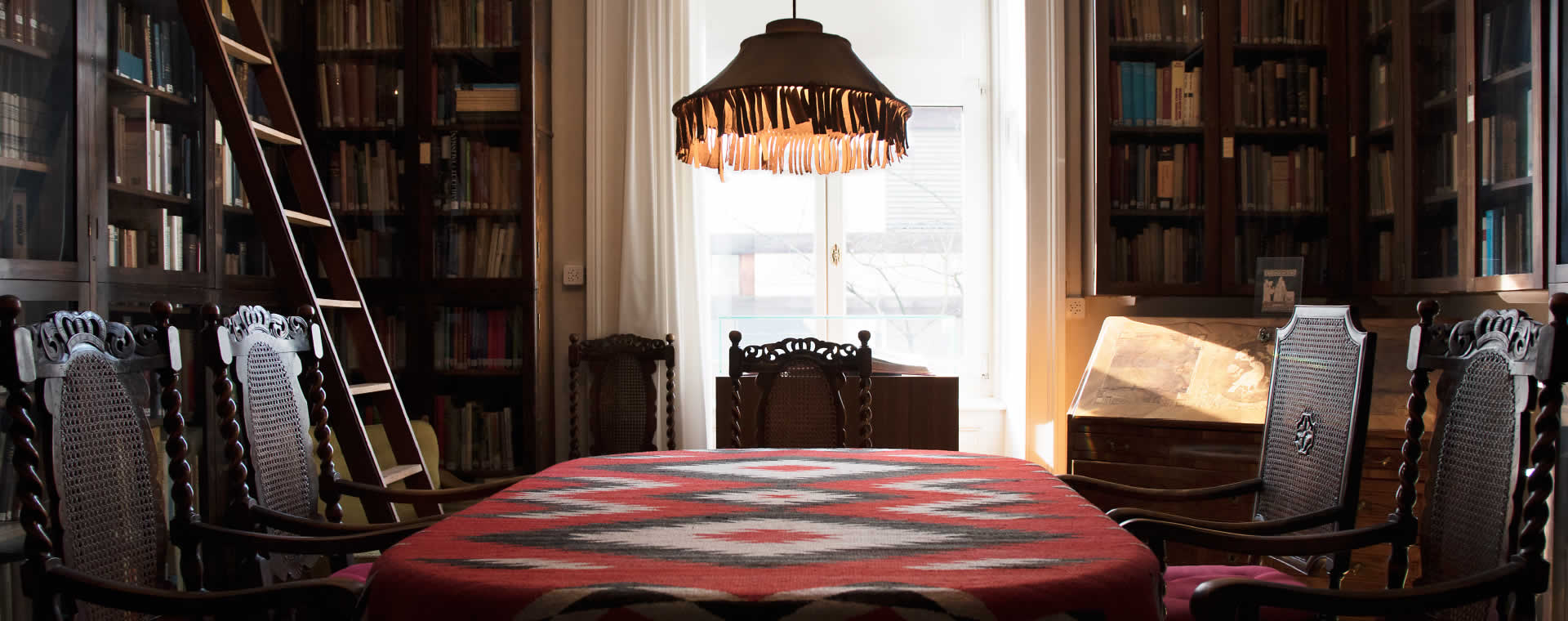I define the unconscious as the totality of all psychic phenomena that lack the quality of consciousness... From this it follows that the unconscious is the receptacle of all lost memories and of all contents that are still too weak to become conscious... Besides these we must include all more or less intentional repressions of painful thoughts and feelings. I call the sum of all these contents the “personal unconscious”. But, over and above that, we also find in the unconscious qualities that are not individually acquired but are inherited, e.g., instincts... In this “deeper” stratum we also find the a priori, inborn forms of “intuition”, namely the archetypes of perception and apprehension, which are necessary a priori determinants of all psychic processes. Just as his instincts compel man to a specifically human mode of existence, so the archetypes force his ways of perception and apprehension into specifically human patterns. The instincts and the archetypes together form the “collective unconscious”. I call it “collective” because, unlike the personal unconscious, it is not made up of individual and more or less unique contents but of those which are universal and of regular occurrence.
(C.G. Jung, Collected Works, vol. 8 / Instinct and the Unconscious / 1919, 1948 / § 270 / italics in the original text)
So defined, the unconscious depicts an extremely fluid state of affairs: everything of which I know, but of which I am not at the moment thinking; everything of which I was once conscious, but have now forgotten; everything perceived by my senses, but not noted by my conscious mind; everything which, involuntarily and without paying attention to it, I feel, think, remember, want, and do; all the future things that are taking shape in me and will sometime come to consciousness.... We must also include in the unconscious the psychoid [e.g. corporeal] functions that are not capable of consciousness and of whose existence we have only indirect knowledge.
(C.G. Jung, Collected Works, vol. 8 / On the Nature of the Psyche / 1946, 1954 / § 382)
So we come to the paradoxical conclusion that there is no conscious content which is not in some other respect unconscious. Maybe, too, there is no unconscious psychism which is not at the same time conscious.






